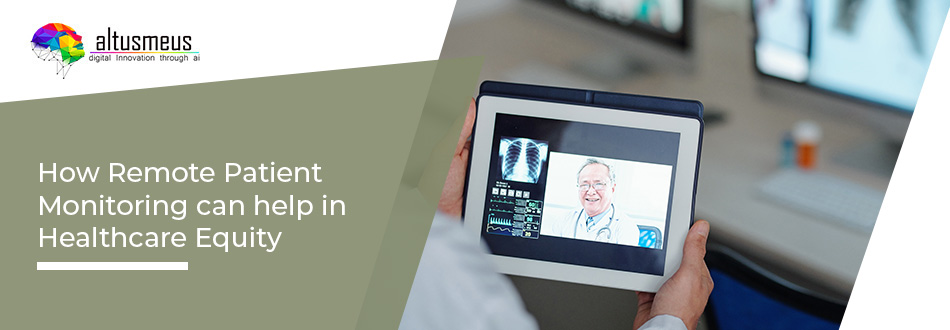In recent times, healthcare organizations have been trying to improve healthcare equity by addressing health disparities and challenges faced by underserved communities or people in our societies. In such efforts, healthcare organizations have been utilizing modern technology to bring Remote Patient Monitoring (RPM) programs.
For healthcare providers, it’s a highly effective platform to improve the quality of care and most importantly, reduce costs. This would definitely help improve healthcare access to the underrepresented communities who cannot afford proper healthcare otherwise.
Why is there a need to promote healthcare equity?
This is no shocking news to have heard of someone who paid thousands for multiple healthcare visits or checkups. Proper healthcare can be burdensome for low-income families in traditional healthcare systems. Patients with chronic diseases must make a healthy lifestyle, but even those choices of diet, daily exercise, and constant checkups can be luxuries and out of reach for some.
As a result, a proper healthcare system is not accessible to everyone to overcome these health complications and avoid health risks. Most of these people end up in the ER (emergency room), where the healthcare providers may not have access to the patient’s medical records, hence in the urgency of the matter, send for scans and tests. This would only increase the workload of care providers and waste the time they could have given in the care of patients, and pile up expenses for the patient which must be paid in debt later.
The situation impacts and raises many other challenges in the healthcare industry, such as a shortage of healthcare providers, more expensive healthcare insurance plans, etc. And what’s more important is that the quality of care is compromised.
How can RPM help healthcare equity?
Remote Patient Monitoring programs make healthcare tools accessible remotely to patients. This would allow healthcare providers to monitor the patient’s stats through the transmission of the data from the patient’s healthcare tools. And alert the care providers of potential risks, to take preventive measures.
Since the data is already at the care provider’s disposal, it also eliminates the need for frequent visits. These sessions of regular checkups can be done through online means. This would not only be a more affordable way of receiving care but also improve healthcare services by allowing care providers to be accessible to their patients anytime or anywhere.
Remote Patient Monitoring programs use monitoring devices such as BP monitors, oximeters, weighing monitors, etc. These monitoring systems will help healthcare providers to detect abnormalities and take necessary steps to reduce the progression of diseases and costly treatments.
Final Words
If done well, RPM can reduce the risks of frequent visits to the hospital, long stays, costly and avoidable treatments, and readmissions for days.





